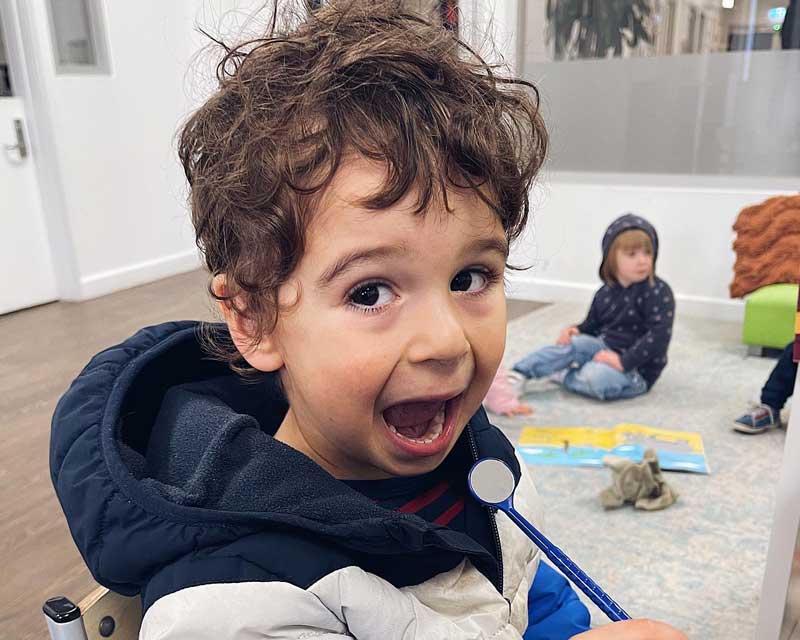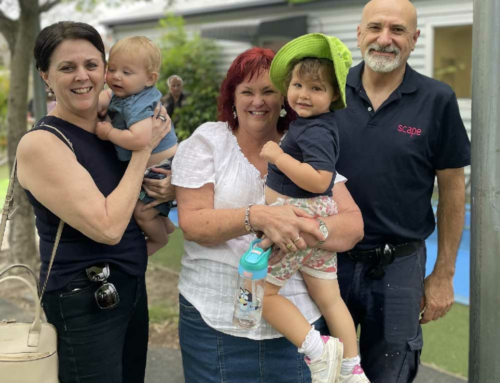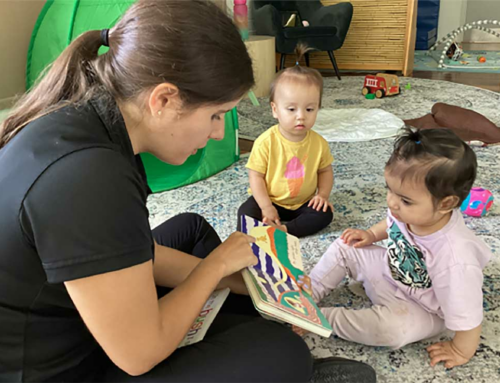Your baby’s teeth are coming in! It is time to brush them up and take care of them before their first dental visit, recommended when their first tooth pushes through. Baby teeth usually arrive around six months and last until age seven.
Many babies begin exploring the world with their mouths around three months of age. They may start putting their hands and feet in their mouth and develop an increase in saliva. Although, some babies celebrate their first birthday before any teeth emerge.
Baby teeth can arrive in any order, although the lower central incisor teeth are usually the first to erupt through the gums. They’re the two teeth at the front of your child’s bottom jaw. The upper central incisors are often next.
When a baby’s teeth come in, sore gums may cause a child to bite and chew. You can try a few different things to help soothe your child and continue breastfeeding.
Taking your baby to visit the dentist early has several benefits. We discuss these and more on baby teeth, including:
- When a baby’s teeth erupt
- Soothing your teething baby
- Breastfeeding and teething
- When baby teeth shed
- When to start brushing your baby’s teeth?
- Baby’s first dental visit
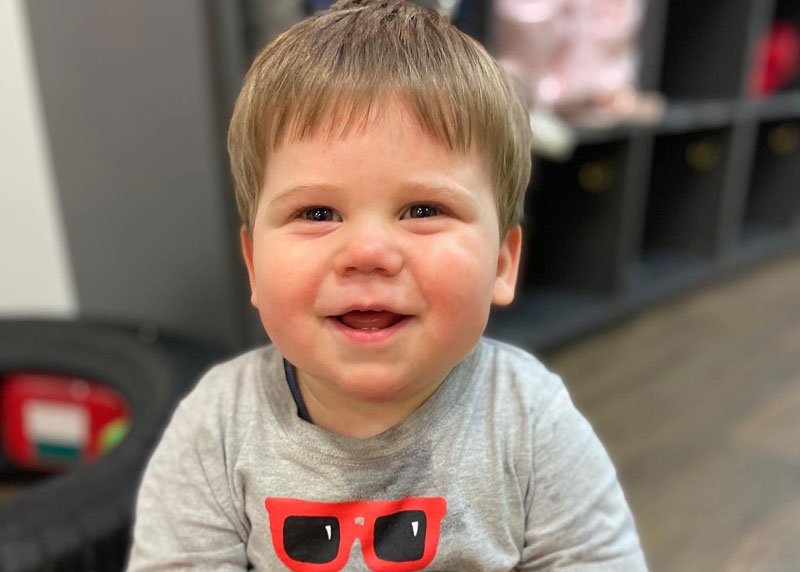
At what age do baby teeth come in?
Baby teeth come in at different times for every child. While some babies are born with their first teeth, most children’s first teeth usually show between the ages of 6-10 months and keep sprouting until your child is about three years of age. The incisor teeth at the front of the month are often the first to show.
Babies can seem fussy when cutting teeth. Their gums may be irritated and sore, making them feel out of sorts. In addition, you may notice your baby crying more than usual, and they may not settle quickly.
Signs of teething include:
- Fussiness.
- Difficulty sleeping.
- Excessive drooling.
- Chewing… on almost everything.
- A slight increase in temperature (but not a fever).
These teething symptoms can present at any time of the day, although they are more noticeable at night.
The baby teeth chart below provides a guide for the eruption and shedding of baby teeth. However, their teeth may grow and loosen differently.
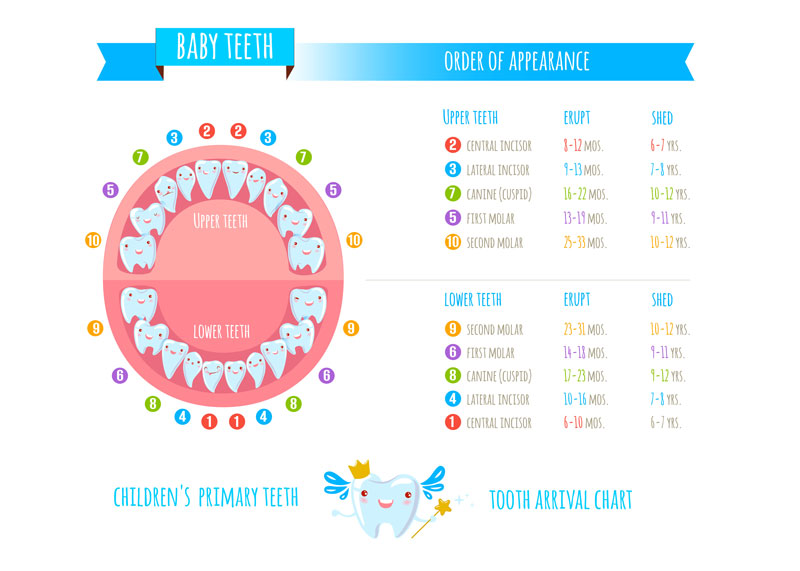
How to soothe your teething baby
Your baby’s first tooth is a special event. However, it often heralds a period of fussiness and irritability where families get less sleep than usual. Listen out for your baby’s cries when this begins to see if you can discern any difference in their communication.
When your baby’s teeth push up through their gums, it causes pain and swelling. There are several ways you can help to soothe your child’s discomfort:
- A cold but not frozen teething ring is often one of the best home soothers. Teething rings should be solid plastic. Keep them in the fridge and avoid dipping them in sweeteners or using products containing silicone gel.
- Rub your baby’s gums with a clean finger to ease the pain and pressure. Sometimes a gum massage is all they need.
- Before giving your child pain medication, talk to your doctor about what’s suitable for your baby, including the use of home remedies or teething gels. Prolonged pain medication use can have side effects on babies’ teeth over a long period and mask other medical conditions.
Avoid using amber beads or other necklaces as these are choking hazards.
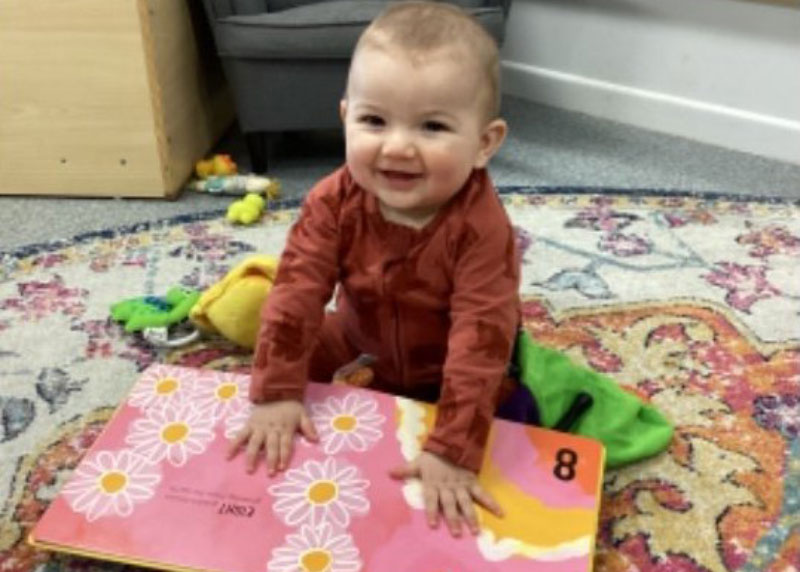
Breastfeeding a teething baby
Some Mums may notice their baby’s sharp teeth when breastfeeding. Teething troubles and biting babies aren’t fun and can lead some families to consider weaning. According to the Australian Breastfeeding Association, there are several reasons for babies biting:
- A baby may not be latching correctly (if the biting teeth are the lower incisors)
- Not enough milk is coming through
- Your baby may want more of your attention
- Your baby is full and has begun playing
- They may be trying to soothe their sore gums
While their first bite may take us by surprise, there are several solutions Mums can try when breastfeeding.
- Give your baby something hard and cold to chew before feeding them.
- Hold your baby close to your chest at a different angle so they have a big wide mouth where top incisors aren’t resting on your breast.
- Rub baby’s gums before a feed.
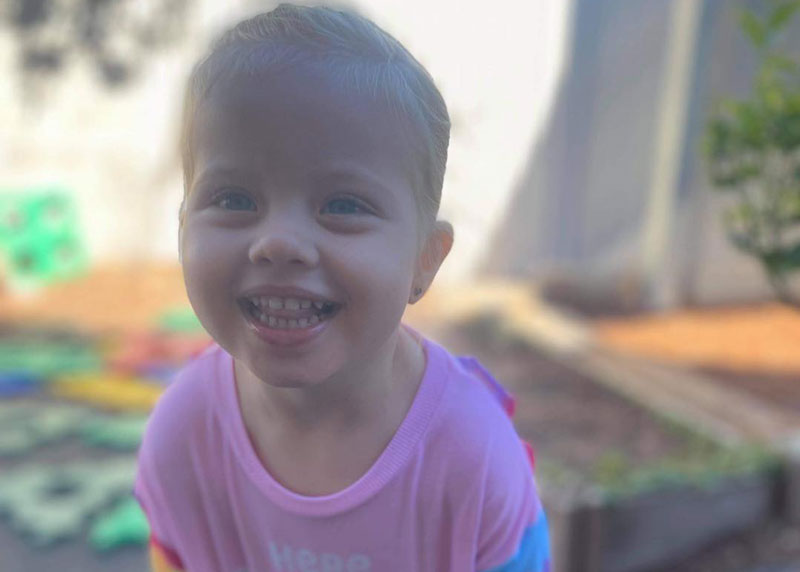
At what age do baby teeth fall out?
Most children lose their primary (baby) teeth between ages 6 and 7. The permanent teeth often push the baby teeth out as they grow in.
There are occasions when permanent teeth grow behind or in front of the baby teeth. If this happens and the baby tooth remains, it might be time to visit the dentist.
Crooked or misplaced teeth can be caused by children sucking on their thumbs or dummies pushing teeth both forward or backward.
When a baby tooth gets loosened too early, it can cause permanent teeth to shift over and create overcrowding as they grow. Overcrowding can lead to needing braces or retainers when all the baby teeth are gone, usually after 12.
Practising good oral hygiene when a baby’s first tooth erupts supports your child in maintaining a healthy lifestyle.
When should you start helping your baby brush their teeth?
You should start helping your baby brush their teeth when their first tooth shows up. However, you should only use a soft baby toothbrush with water and not toothpaste for the first 18 months.
You can look after your child’s gums before their teeth begin to grow by gently wiping them with a damp cloth or gauze.
While brushing your child’s teeth twice daily helps prevent cavities and gum disease, it isn’t guaranteed. But it can set your child up for good dental habits for life. Having a healthy diet and limiting sugary foods can also help.
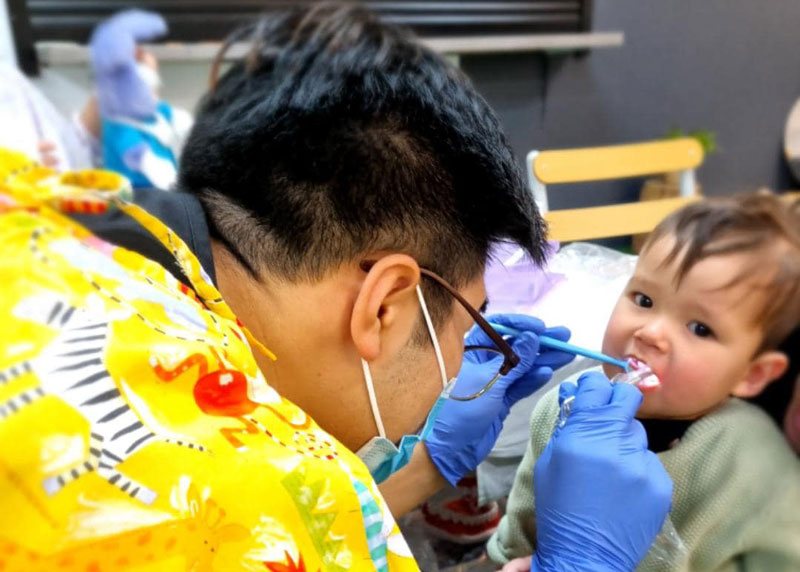
When should you take your baby for their first dental visit?
The Royal Children’s Hospital in Melbourne recommends visiting the dentist when your baby’s first tooth appears. So, it is usually an excellent time to make that first appointment within their first 6 to 12 months.
At Petit ELJ several of our centres partner with their families to organise a local dentist visit. These are fun dental incursions often accompanied by stories, songs and sometimes a check-up. They also share their wisdom on dental hygiene and nutrition with children, families and educators.
At your baby’s first dental visit, your dentist will examine your baby’s mouth and check for abnormalities. They will also ask questions about your family history of oral diseases and advise how to keep your baby’s teeth healthy.
A dentist can also provide advice on:
- Brushing techniques.
- Pacifier or finger-sucking habits.
- Bite.
- Nutritional guidance to avoid tooth decay.
Taking a child to the dentist when they are young promotes healthy habits. It reduces the chance of tooth decay and can ease any fears they may have about visiting the dentist.
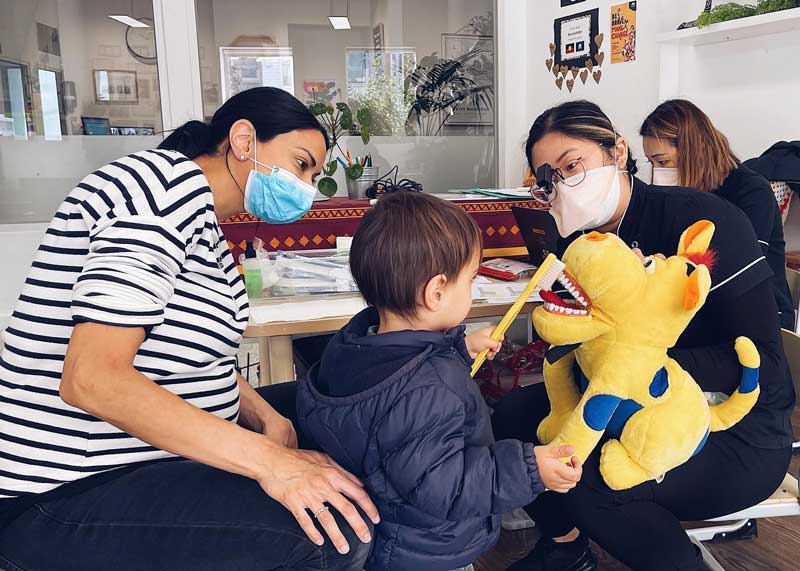
Set your child up for life with Petit Early Learning Journey
At Petit ELJ we support your child’s education and care every moment of each day. Their safety, learning, health and well-being are critical. We reflect this through routines, rituals and rhythms that nurture happy, healthy habits in our curriculum and education program.
Children are at the centre of everything we do. We believe that meaningful learning begins with nurturing genuine connections where a child reveals their curiosity to explore, investigate and learn more about the world. Give your child the best start in life with Petit ELJ.
